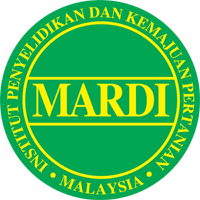Chandradevan, M.* and Atiqah, S.
Abstract
This present study aims to investigate how different water based extraction techniques might affect the total phenolic, flavonoids, DPPH scavenging activity and cytotoxicity of Phyllanthus tenellus. Four common extraction techniques such as pressurised hot water extraction (PHWE), microwave assisted extraction (MAE), heat assisted sonication (HAS) and boiling were chosen in this study. The total phenolic content in all extracts were found to be insignificant through one way ANOVA analysis (p >0.05), but further T-test between individual extracts showed PHWE has the significant highest phenolic content from the rest. PHWE also registered the highest reading of flavonoids followed by MAE, boiling and HAS. In terms of DPPH scavenging activity, PHWE has the lowest IC50 value at 2.58 μg dried extract (DE), followed by MAE (7.12 μg DE), HAU (7.55 μg DE) and boiling (14.39 μg DE). The cytotoxicity of all the extracts followed the same pattern; they had a weak cytotoxicity (cell viability between 61% – 74%) at 500 μg/ mL and high cytotoxicity (cell viability 16% – 17%) at 5,000 μg/mL. A method of increasing phenolic and flavonoids content without the usage of organic solvents offers vast possibility in the development of functional food products. This first ever study on various water based extraction techniques on P. tenellus could cater for the aforementioned course








